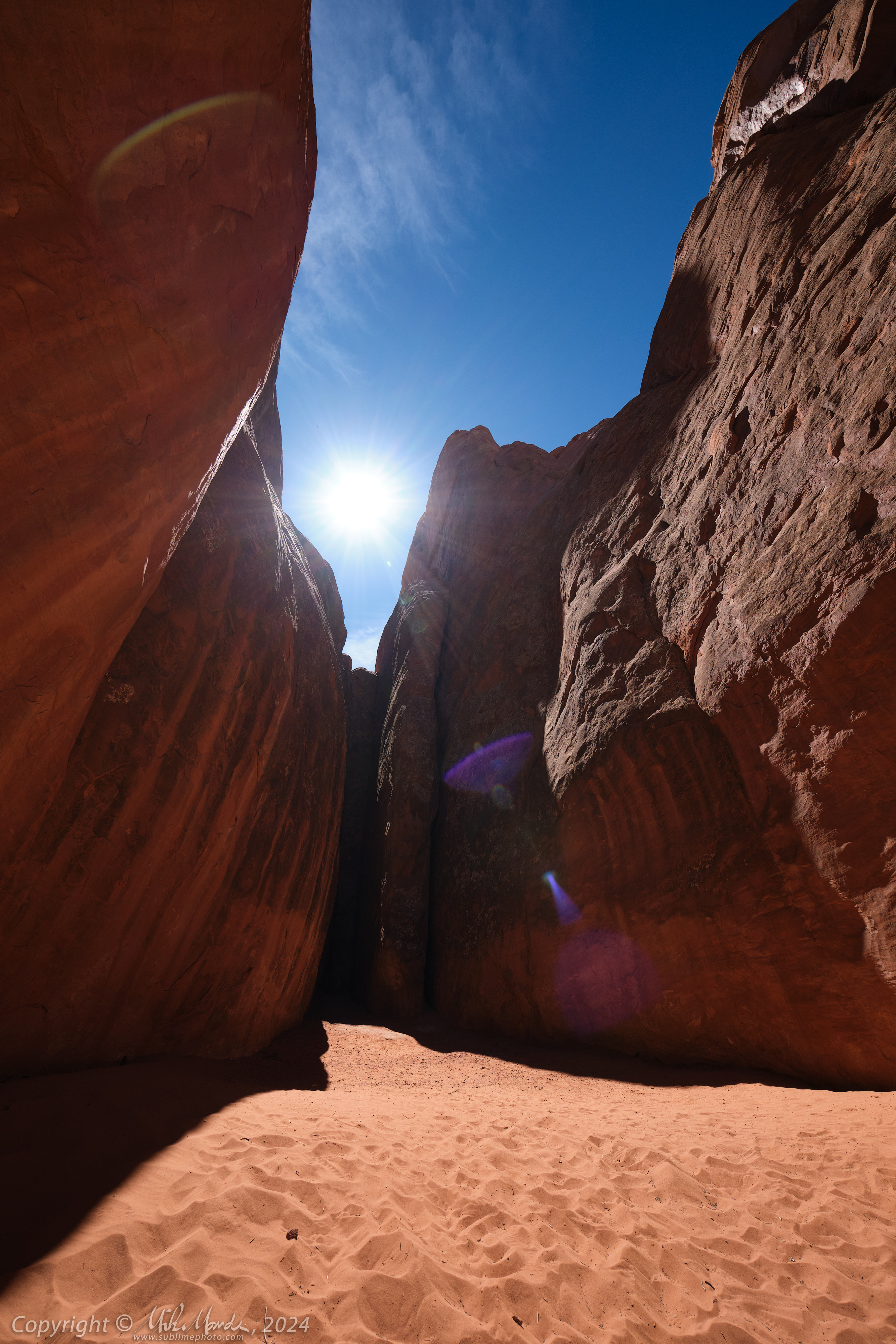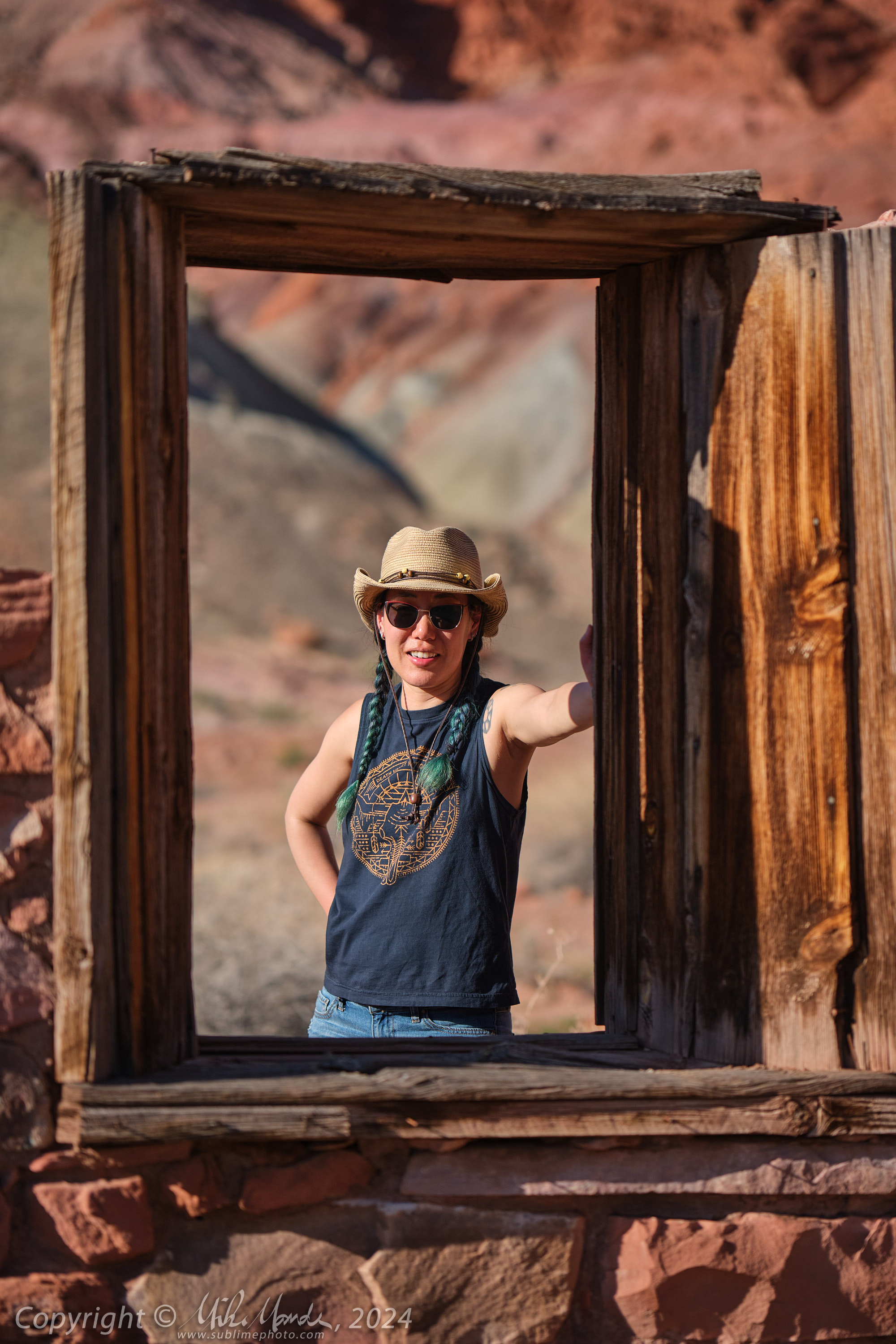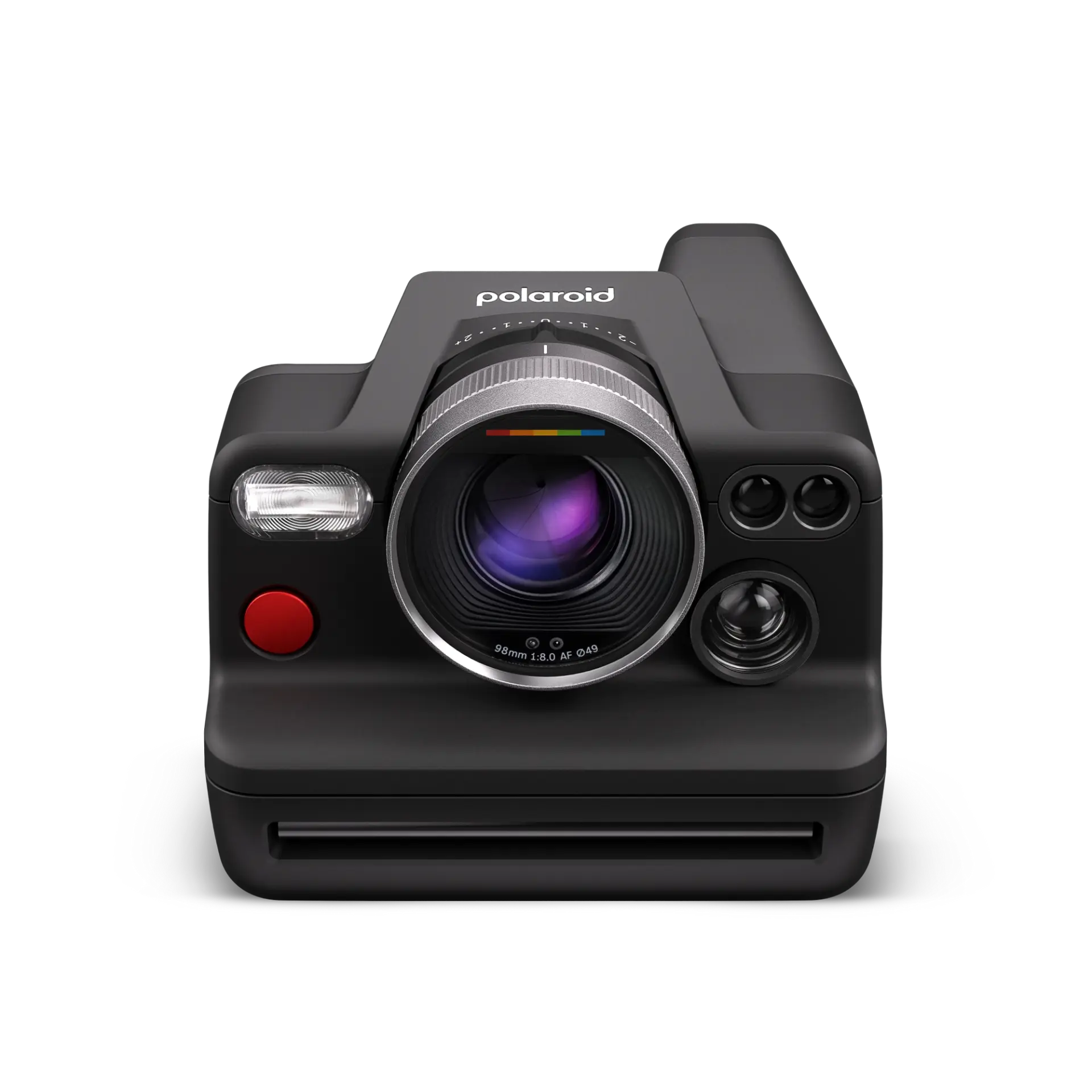As I had mentioned in last month’s newsletter, my wife and I were going on a three week trip to the US Southwest. We are back now (it was an amazing trip!) and I had many opportunities to use Fujifilm’s latest ultra wide XF prime lens, the Fujinon XF 8mm f/3.5 R WR. On a full-frame camera, this would be equivalent to a 12mm lens, so very wide indeed. I actually ended up using it more than I had expected, mainly since it was the brand new lens in my arsenal, but it also had the advantage of being exceptionally flare resistant. There are many sample images in the linked gallery that illustrate this, where the sun is right in the frame. I also had the chance to really test out the Fujifilm X-T5, since the local rep very kindly and generously lent me his sample camera for the trip. This quick review will cover both the X-T5 and XF 8mm, with mentions of my other lenses along the way as well. I will directly link to some photos in the gallery in the text of this posting, and they will open in a new window, and clicking the images embedded in this post will also open them larger in a new tab or window, except the headline image above, but it’s duplicated near the end of the posting. Here is a link to the entire gallery which accompanies this article…
Gallery (35 images): Fujinon Lenses and the X-T5 – Southwest 2024: Samples

This super high contrast shot actually does show some obvious flare, so if the conditions are really extreme and the sun is near the centre of the frame, even this excellent lens can exhibit some flare. Note that I did also have a Fujifilm PRF-62 protective filter attached for all my shots and while its coatings are excellent, it may have contributed to the flare slightly? Fujinon XF 8mm f/3.5 at f/5.6, 1/800, ISO 125.
Firstly, the XF 8mm was a very nice lens to use in practice, providing the same wonderful Fujinon colour quality that matched my other lenses, and it’s excellent contrast and flare resistance made for some dramatic shots. It also did prove extremely useful during our Alcatraz tour, allowing me to capture wide interior expanses, despite the somewhat cramped spaces. With the X-T5’s in body stabilization (IBIS), I could also reliably shoot 1/2 second exposures handheld, so I didn’t need to boost the ISO much, despite the rather dimly lit nighttime conditions in the old prison. For some shots in Goblin Valley and Arches National Park, Utah, as well as at the Inyo Mine ruins in Death Valley, the 8mm provided a different and very dynamic perspective on some of the unique rock formations and nearly collapsed wooden structures at the mine ruins. All in all, of the 2,200 shots I took on the trip, almost 400 were taken with the 8mm, more than I would have anticipated for such a crazy wide lens!

A single raw image captures great dynamic range with the X-T5. The left one is out of camera, with the camera’s exposure adjusted to prevent the outside from being overexposed. The right image is after adjustments in Capture One Pro. Had I wanted to, I could have brightened the interior considerably more without any image quality issues, but I preferred it a little darker. Fujinon XF 18mm f/1.4 at f/8, 1/160 second, ISO 125. Click the image for a larger view of the adjusted version.
As far the X-T5, it was generally a wonderful camera to use. The ergonomics and viewfinder are great, the battery life was surprisingly good, and the IBIS was very effective. Image quality was fantastic, with better dynamic range than I expected as well as cleaner high ISO shots too. The only irritation was its tendency to regularly misfocus on long distance (infinity) shots with wide angle lenses like my 8mm and 14mm. In the end, to get reliable landscape photos, I mainly used manual focus, which wasn’t exactly a hardship for those types of shots with ultra wide lenses. With my longer lenses at any distance, or the wide lenses at closer distances, focus was accurate and repeatable with no issues. There have been a few firmware updates from Fujifilm to try and address this tendency on newer bodies, but the latest update came after I was back from the trip, so I don’t know how much it might have helped. Note that older bodies, like my X-Pro2 for example, are nearly dead-on reliable for the same types of wide-angle infinity shots. In any case, I can’t say there were more than a tiny handful of ruined photos due to focus errors (less than ten out of the 2200), so all in all, I was very happy with the X-T5’s performance. Had I been using my X-Pro2 for example, there is no way I could have effectively shot inside Alcatraz without a tripod and achieved anywhere near the same sort of image quality, so having the X-T5 was big help!

The Fujinon XF 56mm f/1.2 R WR doing what it does best; a portrait shot wide open at f/1.2 at the Lee’s Ferry ruins near Page, Arizona. ISO 125 and electronic shutter at 1/12,800 second – no ND filter needed in full sunlight!
As far as other lenses, the most used ones were the stunningly good XF 18mm f/1.4 R WR and XF 56mm f/1.2 R WR. Both lenses blew me away with their corner to corner sharpness on the 40 megapixel X-T5. I did a number of un-tracked, tripod mounted night sky shots while in Death Valley, where I used the 56mm f/1.2 wide open at f/1.2, and did some 2 to 3 second exposures at ISO 6400 or 12,800, exposures short enough that the stars stayed pretty much pinpoint. Even at f/1.2 (as in the sample linked above), stars were tack sharp in the extreme corners with no aberrations at all – most impressive! In addition, despite the relatively high ISO (for a 40MP APS-C sensor in any case), I was blown away by how nice the night sky shots turned out from the X-T5! I could see some slight limitations in overall sharpness with my XF 23mm f/2 R WR and the old XF 35mm f/1.4 R, although both still produced nice and sharp results, just not quite as spectacularly crisp corner to corner as the two newer lenses. My older XF 14mm f/2.8 R was actually surprisingly good on the X-T5 and seemed very crisp indeed. I hardly used my XF 55-200mm f/3.5-4.8 R LM OIS zoom, but the few shots I did turned out decently sharp. I think the distant shots were more limited by atmospheric rippling distortion, causing a lack of sharpness when viewed at 100% zoom, than being limited by any major issues with the lens itself.

An eight vertical shot, 24,000 pixel wide, handheld stitched panorama shot with the Fujinon XF 55-200mm zoom at 150mm, f/9 and 1/480 second, ISO 125. Stitched with Adobe Lightroom. Incredible clarity in Arches National Park with Utah’s snow covered La Sal mountains in the background. Click for a much larger (6000 pixel wide) image!
At the moment, the image galleries on our website unfortunately are not displaying image EXIF data properly (a WordPress update killed that functionality and we haven’t had the time to troubleshoot and fix it), but all the regular daytime shots, and those from Alcatraz, will be from the XF 8mm, in other words, all but the last three images at the end of the gallery are from the 8mm. There is one pure night sky shot with the XF 56mm shot at f/1.2, ISO 12,800 and 3 seconds, and the two light-painted night shots at the Inyo Mine ruins were taken with the XF 18mm f/1.4 at f/2.0, 8 seconds and ISO 3,200. I will likely be posting a trip highlights gallery on my personal blog in the next week or two, and many of the shots in the Beau Photo gallery will be in there as well. On my site, EXIF data does show properly, so feel free to watch my blog for an update here: http://www.mikemander.com/
Once again, for the accompanying gallery to this posting, see here (35 images): Fujinon Lenses and the X-T5 – Southwest 2024: Samples
I had reviewed the Fujinon XF 8mm lens in a previous posting, although the one I had used was a preproduction version at the time: Tested! Fujinon XF 8mm f/3.5 R WR



